
In the typical year, I conduct energy audits and assessments in about 100 homes, many of which are older. My job is to help homeowners form a plan to address their high energy costs. In my area—Grand Rapids, Minnesota—those costs are often heating related. The first thing most homeowners will look to do is add insulation and/or air-seal. Those strategies will bring down operating costs, but the changes they entail could have detrimental effects, if not sequenced properly. There are some key considerations to tackle before getting into insulating and air-sealing.
Correct any exterior bulk water issues
Water is the primary culprit when it comes to building failures. It moves into and through buildings in myriad ways. Its bulk form is usually from exterior wetting events. Water can also be come from interior plumbing leaks, capillary movement (wicking through porous materials under tension), through air leaks, and via vapor diffusion.
Bulk water intrusion must be dealt with before addressing any energy concerns. There’s no use in improving energy performance if the building is going to rot. Many of these bulk water issues are hidden, but if you know where and what to look for, you may be able to find some of the problem areas without disassembling the building. Also, the discovery of one issue often leads to others.
The basement or crawlspace rim joist, if there is one, is where I like to start. I look for abandoned or over-sized holes for wiring, other utilities, or vents. If you can see daylight, there’s a high probability that water is leaking into the home.
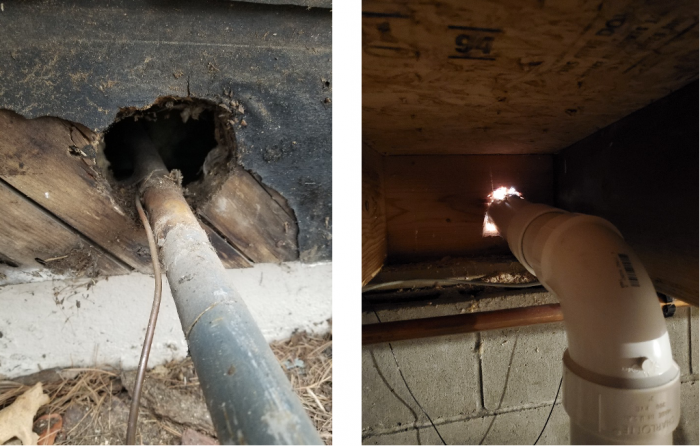
Other places to inspect are under exterior doors and deck rim boards. Exterior doors with old cement steps poured close to the house are susceptible to water intrusion…
Weekly Newsletter
Get building science and energy efficiency advice, plus special offers, in your inbox.

This article is only available to GBA Prime Members
Sign up for a free trial and get instant access to this article as well as GBA’s complete library of premium articles and construction details.
Start Free TrialAlready a member? Log in





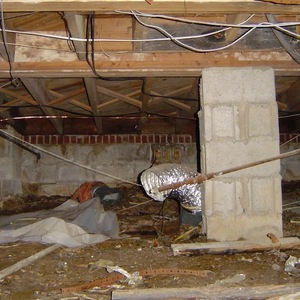
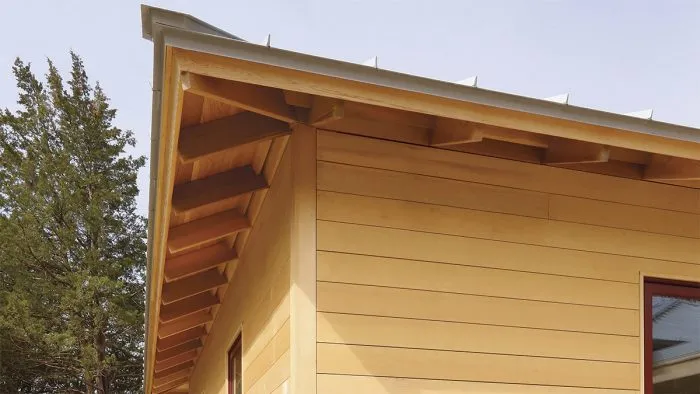
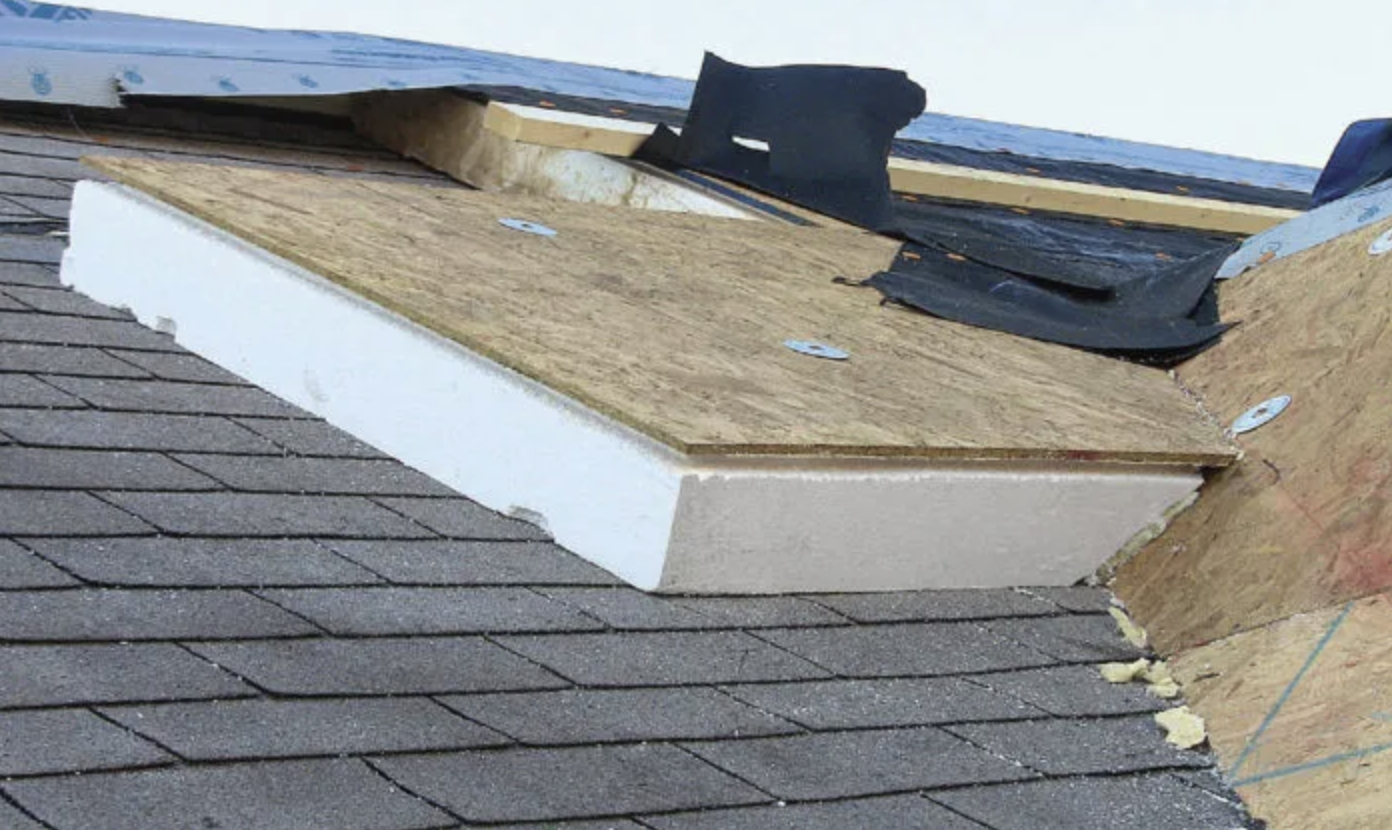
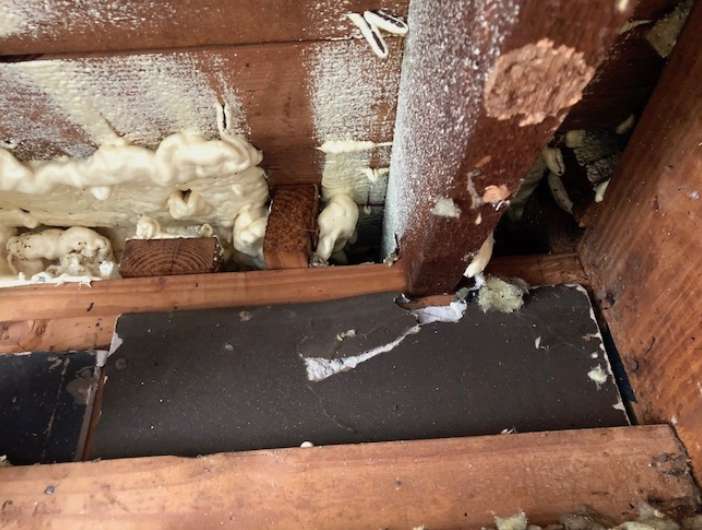






0 Comments
Log in or become a member to post a comment.
Sign up Log in